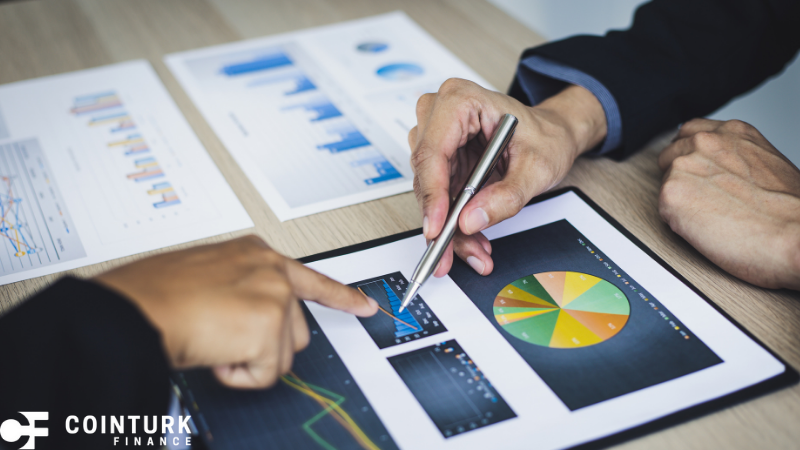Recent developments in consumer sentiment reveal a complex economic landscape. The University of Michigan’s Consumer Sentiment Index for June indicates a 16% increase from the previous month, breaking a half-year trend of stagnation. This rise suggests a potential boost in consumer confidence, yet broader economic factors maintain an underlying sense of caution. Examining how these indicators intertwine with economic policy and future spending could offer insights into the road ahead.
The improvement in June continues to present a mixed picture compared to other recent reports. While University of Michigan data shows improvements, The Conference Board’s index recorded a decline in consumer confidence for June. Previous months have shown fluctuating trends, with differences in inflation expectations and spending forecasts presenting diverse outcomes. This parallel reflects ongoing uncertainty about inflation, tariffs, and interest rates, creating a challenging environment for both consumers and businesses.
What Drives the Sentiment Uptick?
This boost in the Consumer Sentiment Index by the University of Michigan reflects improvements in personal finance and business condition expectations, which have increased by over 20%. A positive outlook for personal finances might be a contributor, hinting at optimism despite concerns about inflation and economic slowdowns. However, sentiment is still notably below post-election levels, leaving room for cautious interpretations.
How Are Inflation Expectations Influencing Consumer Views?
Inflation remains a pressing concern, although expectations for future inflation have shown signs of easing. The year-ahead inflation expectation decreased from 6.6% in May to 5% in June, with long-term expectations settling at 4%. This shift could mitigate some consumer fears, yet the ongoing volatility poses challenges. Economists may see these patterns as aligning with historical highs, indicating some economic stabilization.
Additionally, despite eased short-term inflation expectations, concerns surrounding tariffs and their implications on pricing persist. A prior report noted that many consumers expected tariffs to drive inflation higher. This reflects a sense of skepticism among consumers, with a significant portion predicting negative economic impacts rather than positive ones. The ongoing tariff situation remains a major factor influencing consumer economic outlooks.
Further analysis shows that an uptick in consumer sentiment does not guarantee increased consumer spending. According to the Bureau of Economic Analysis, real disposable income declined in May, with subsequent dips in consumer spending. This relationship between income levels and expenditure reveals a cautious consumer behavior pattern. Reduced spending, particularly in durable goods, highlights the pressures facing consumers in light of their financial situations.
In conclusion, the rise in consumer sentiment amid various economic pressures presents a complicated dynamic. Inflation, tariffs, and consumer optimism all contribute to the larger economic narrative. Stakeholders might need to interpret these signals carefully, considering both the immediate indicators and long-term implications. This evolving sentiment provides a nuanced view of the economic climate, which is crucial for understanding future consumer behaviors and market trends.










